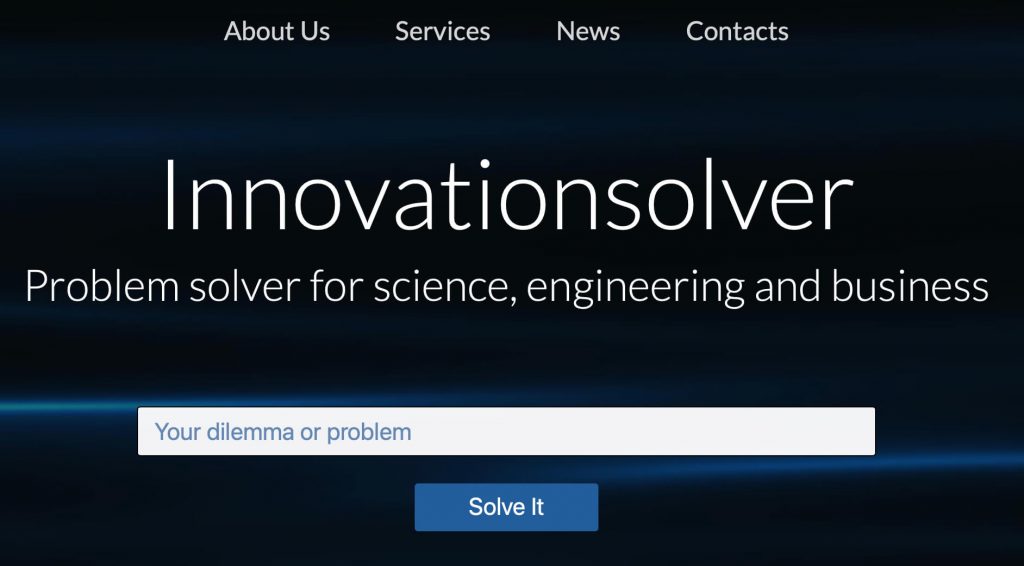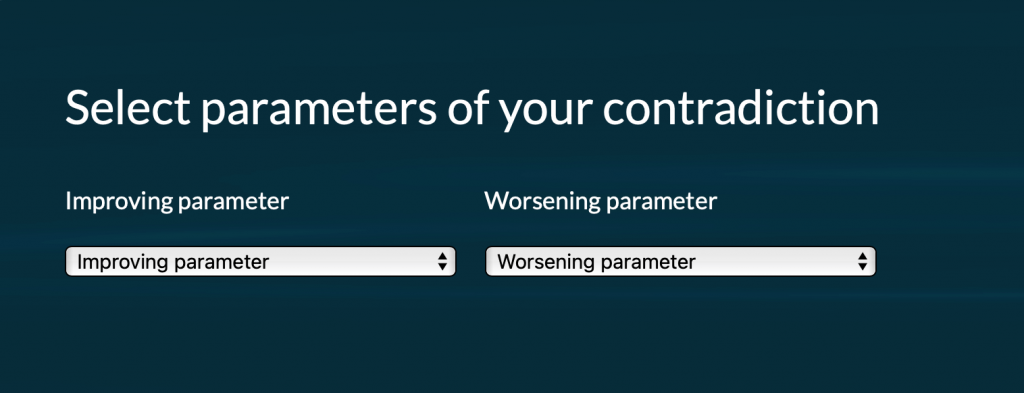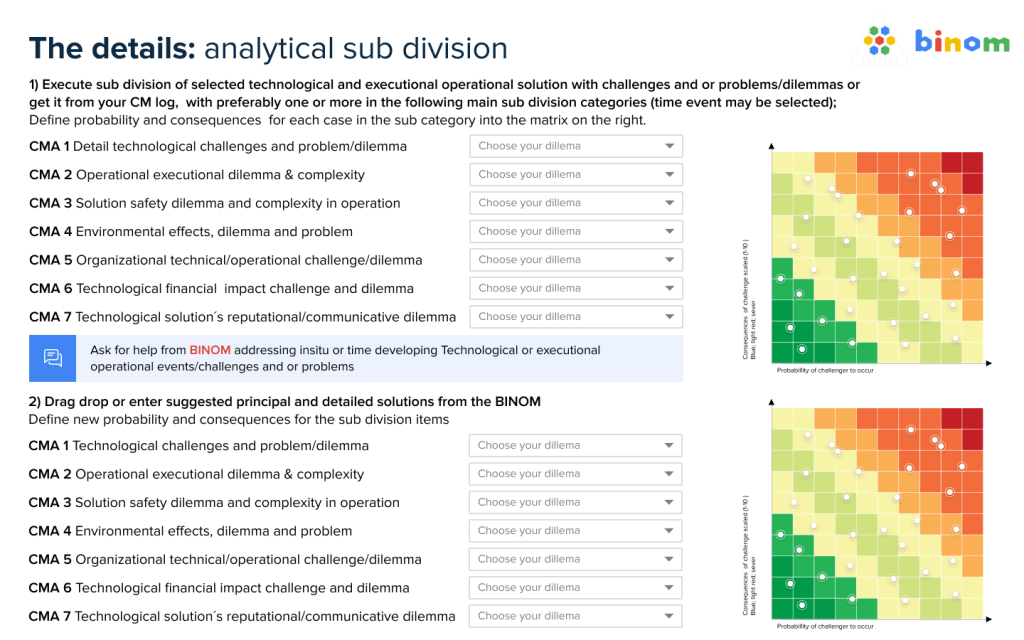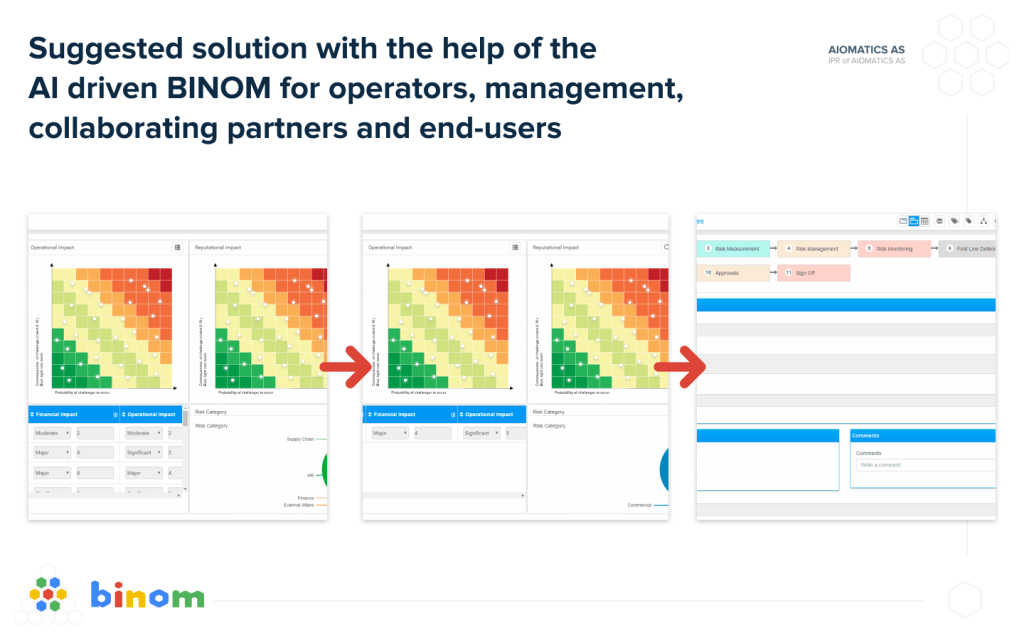Dag H. Zeiner-Gundersen and Vladimir Winner argue that organizations should use artificial intelligence (AI) driven algorithms when training personnel in risk management, case mitigations and resolutions.
Guest Writers Dag H. Zeiner-Gundersen, Ph.D & D.Sc, and Vladimir Winner, founders of the BINOM, AI driven algorithms.
We are discussing the use of AI algorithms from BINOM for training, which was founded by Dag H. Zeiner-Gundersen, holding a DSc in AI driven resolution algorithms and experienced risk mitigator, and Vladimir Winner, an entrepreneur specializing on digitalization, AI functionality and human interaction.
Risk management training utilizing AI driven Algorithms.
Dr. Dag H. Zeiner-Gundersen’s position is that successful risk management training should apply to known, but also should include training on unforeseen cascade effects. The instructors architecting such crises and risk training events and related cascaded effects, often select well known and tried cases, allowing the operators effectively to master such cases. However, often will natural occurring events and crises, and certainly intentionally initiated crises, result in unanticipated and surprising paths, with unexpected chain of events and related cascade effects. So, how to train for the unknown?
Certainly, training for risks and crises with known cases is required and provides effects, such as verification of organizational and communicative systems in place, procedural verification as well as positive mastering effects. However, getting out of the comfort zone is required. Thus, it is beneficial to establish training by pre-establishing limitations in events and paths as well as using AI driven algorithms with or without restrictions on principles and standards. In such, selecting events, that normally might be defined into the low % likelihood category. or cases impacted by commonly unknown event variations, asymmetric architected and related cascade effects, will establish more demanding cases.
In establishing more unforeseeable and demanding cases, AI driven algorithms are effective. The instructor, might guide certain chain of events by utilizing the algorithms and be selective in dictated parameters selected. Another method is to request the instructor to utilize the algorithm, but impose restrictions on principles, standards and solutions that can be used or pose organizational and communicative dysfunctionality, forcing a certain direction of events. The instructor might also establish a case and then let the operators and experts select their way through by use of the AI driven algorithms. Optionally, one could use combined variants of the above-described methods. This type of training effectively supports and expands the operator’s knowledge and also drives the operator and organization into more tolerance for a more uncertain risk mitigation and resolution “landscape.”
Most of the current processes and programs for mitigating or resolving technological originated risks and associated crises, addresses the topics of problem solving and risk mitigation with relatively simple and just ordinary systematising programs. Thus, they are not very effective for training. These systems could be utilized for training, however, if used with the assistance from AI driven algorithms.
It can also be highly effective to test real crises and risk events after the occurrence of a crisis/event utilizing variations derived from the AI driven algorithm, with comparative algorithm proposed principles, standards and solutions. Since no crises are exactly alike, this can prepare and cater for new variations in the planning process of organizational, communicative, equipment and logistic preparedness. The AI driven algorithm can also with simple changes address a high number of cases studies and discover weakness that may not have been discovered during the crisis due to the real progression of such crisis. Simulation-based risk training by use of AI driven algorithms and impact assessments represent therefore an effective approach to make science scenarios and training more relevant with prepared adaptation in level of mitigating actions. This is further emphasized when the method is integrated into training evaluation tools for cost-benefit versus effectiveness in different phases, which is of particular interest in the Disaster Risk Management training cycle. Specific training assessments should therefore not necessarily be likelihood, demand or cost driven, since the cascade effects are most of the time unknown, and there are events that will alter these end results. The instructor can however do certain manipulation in this training process by guiding the cases into certain directions and this will be strengthened by the capacities of first responders and support organizations in all operational phases. This will also allow for more efficient cross-sectoral, cross-disciplines and allow cross-border coordination training of the crises risk management cycle.
So why not use advanced “flight/marine” simulators? First, such facilities apply in most cases to predetermined incidents, but very realistic though. Second, they are expensive to facilitate and operate. Utilizing AI driven algorithm in a simpler facility, such as multiple screens or VR, is as effective. Although, ultimately the simulators should include AI drive algorithms. But cross variations between full scale simulators and simpler versions, will likely and in most cases suffice as adequately good solutions.
Companies and organizations innovating within training for project and crises management, need to ensure that processes, programs, and resources used, correlates with anticipated outcome. We would therefore argue that it is a must to focus more on automated processes, logical and strategical methods, historic principles and standards and AI driven algorithms to achieve effective training.
AI driven algorithm from BINOM used for training in risks management.
There are several methods, programs, theories, and hypothesis associated with crises and risk management, although few are effectively training on mitigating or solving the risks and associated dilemmas and problems, nor effectively use available data bases and apply artificial intelligence (AI) into the process. They pretty much leave the most tedious and operative work to the instructor’s definition of the cases. The BINOM AI driven algorithms extensively use novel expert tactics and strategies applied in the process combined with historic established data bases and the use effective valuable statistics on results and data collected. Further, through the use of AI, one can gradually, but strategically alter the base algorithm. This will allow, past, present, and future risk problems and dilemmas forecasted to be trained on, ensuring that the crises and risk management instructors and operators have an effective tool in crises situation. In addition, to support and effectively train and plan for anticipated actual cascaded events and make contingency plans such elements of a current and cascaded future crises and risk elements include addressing the following: 1) detail technological driven challenges and problem/dilemmas, present or forecasted; 2) operational execution dilemma & complexity; 3) solutions for operational safety dilemma and complexity in operation; 4) environmental effects, dilemma and problems: 5) personnel and internal organizational technical/operational challenges/dilemmas; 6) financial impact challenges; and 7) technological solution´s reputational/communicative dilemma. For an operator in stress and pressure, a simple HMI must also be achieved in utilizing such AI driven algorithms. In such, HMI simplicity in use and approach with drop-down menus and automatic suggested solutions and or mitigations should be used and trained on. A typical representative example is the BINOM basic standard algorithm, which can be demonstrated by testing; www.innovationsolver.com.
Data extraction, interpretation & analysis, statistics, and Artificial intelligence (AI)
The available and current developed versions of BINOM algorithms extract, execute, analyze and apply information into the processes using one of our root algorithms, such as Z-BINOM. Behind this algorithm are strategic, tactical and psychological methods applied, not a typical approach used in AI algorithms. This approach makes the BINOM algorithms useful for solving current, cascade effects and contingency planning related to crises mitigation and or solutions. Another important work package in development and integration is the T-BINOM module, which is based on modification/alternation to our interpretation software with increased self-interpretation and learning. The T-BINOM data extraction executes and analyzes existing and expanded data sources. Selecting the appropriate and reliable information and data bases while understanding and being discriminating about the data which is proper for utilization, are all tactically important parts of project developments.

We must therefore be sure that the data gathering is carried out correctly and with maximum probabilistic effect as well as analyzing for forecasted cascaded effects. There is a lot of available data, and the numbers are growing exponentially, thus making AI more effectual. However, use of all this data also requires strategic caution when used in the algorithms and in their associated architecture.
In this regard, it is important not only to correctly collect data, but also to apply the probabilistic correct conclusions to present the appropriate recommendations for training personnel. This is where AI driven BINOM algorithms with the right architecture comes in play.
User friendly HMI is important and in the simplest form of the BINOM standard algorithm, these findings and results can be presented in the form of recommendations by reducing the required input from the user to just simple multiple-choice questions. These questions are:
- Description of what technological driven subdivided risk questions and dilemmas you are addressing?
- What makes such dilemmas better? (Select from the list)
- What makes these dilemmas worse? (Select from the list)


Screenshots from a standard BINOM algorithm and to the right one of our expanded BINOM sub modules, this is typically as presented below.


Effectually presented solutions above. However, the AI driven algorithm, such as BINOM, should successfully be used complementary to discipline experts and operators.
Effects
In monitoring the results, we return to the beginning of our conversation about the human factors. It is not enough to; collect data, to analyze, to recommend solution. To avoid problems, we also need to gather data on the quality of the further of human actions in executing the results after receiving such recommendations. We have found that solutions or mitigating results presented to the operator therefore in training also should reflect the following:

- Probabilistic likelihood of success reflecting historic experiences; and
- Operational executional dilemma & complexity, safety dilemma and complexity in operation, environmental effects, dilemma and problem, organizational technical/operational challenge/dilemma, technological financial impact challenge and dilemma, technological solution´s reputational/communicative dilemma.
So, our task is not only to provide advice by AI driven algorithms, but also to ensure we reflect how the data will be used. Herein, and as part of mentoring, training and organizational development we also invite world-class specialists with specific experiences. We focus on their conclusions, and then offer users robust solutions, if required with additional advice from international experts.

Summary
The objective of the BINOM algorithms is to provide and further develop effective AI supported algorithms for training on mitigation or resolution of technologic and scientific executional project, crises & risks. The BINOM algorithms shall be used for training on the in-situ risk management cycle challenges and used in forecasted cascade effected problems and dilemmas. As such, they become an effective tool for project, risk and crises operators and management. The instructors, operators’ and management´s HMI shall be effective and simple in form, thus not causing a high user barrier and allow the operator training to achieve effective results. The instructor will thereby have a tool available through BINOM in forming the training cases, executing the training cases and verifying, monitoring and evaluate such training.


 Developed by Digital Forest
Developed by Digital Forest